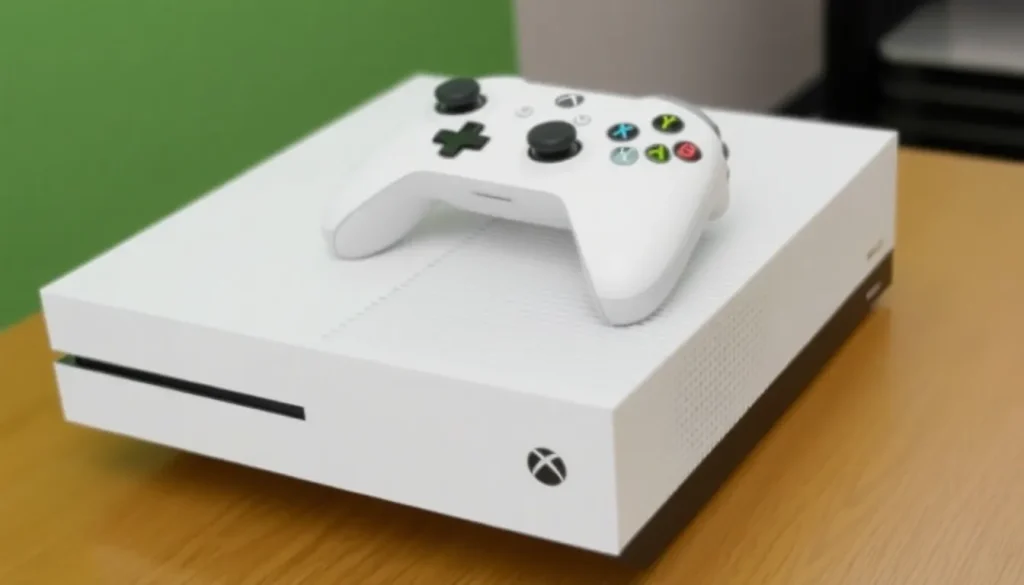Microsoft increases Xbox console prices again this year

In a surprising move that has left many gamers scratching their heads, Microsoft has once again increased the prices of its Xbox consoles. This marks the second time in a single year that price hikes have been implemented, raising questions about the sustainability and future of console gaming. As fans eagerly await new game releases and hardware advancements, the implications of these changes are significant.
Understanding the reasons behind these increases is crucial for both current and prospective Xbox owners. In this article, we will delve into the various aspects influencing Xbox pricing, the historical context of console pricing trends, and what this means for gamers moving forward.
Understanding the latest price increases
The recent price adjustments for Xbox consoles have not only raised eyebrows but have also sparked discussions across social media platforms. Many have taken to Twitter and Reddit to express their opinions, vent frustrations, or seek clarifications regarding the price hikes. But what exactly is driving these increases?
One of the primary factors is the persistent inflation affecting various sectors. For instance, the Xbox Series S, which debuted at $300 in November 2020, now feels the impact of inflation, making its current value approximately $375 by August 2025 standards. Similarly, the flagship Xbox Series X, originally priced at $500, can be considered equivalent to about $625 today.
- Inflation rates affecting consumer electronics.
- Increased production costs and supply chain challenges.
- Higher demand for gaming consoles during global events.
However, the steep price increases for newer models such as the disc-free Xbox Series X Digital and the 2TB "Galaxy Special Edition" cannot be entirely justified by inflation alone. These models have seen price hikes of approximately 33% since their launch in October 2024, which raises questions about the sustainability of such pricing strategies in a competitive market.
Historical trends in console pricing
Historically, video game consoles have followed a pattern where their prices decline significantly after launch. This trend has been beneficial for consumers, allowing them to purchase consoles at more affordable rates as time passes. However, the current situation deviates from this norm, suggesting a potential shift in the market.
The following factors contribute to this deviation:
- Production Costs: Rising costs associated with manufacturing components, including semiconductors and physical media.
- Market Demand: An increase in consumer demand during the pandemic has strained supply chains and driven prices higher.
- Tariff Impacts: Current tariff uncertainties have made importing certain materials more expensive, further driving up costs.
As a result, it appears that the traditional expectation of lower prices over time may no longer hold true, particularly for the latest console generations.
The impact of production challenges
One significant factor contributing to rising console prices is the ongoing production challenges faced by manufacturers. The gaming industry has encountered substantial disruptions, primarily due to:
- Global Supply Chain Issues: The COVID-19 pandemic severely affected supply chains, delaying manufacturing and distribution.
- Chip Shortages: A shortage of semiconductors has hindered production capabilities for many electronics, including gaming consoles.
- Increased Shipping Costs: The cost of shipping goods worldwide has skyrocketed, impacting the final retail prices of consoles.
These difficulties have forced companies like Microsoft to reassess their pricing strategies, leading to the current scenario where prices are not only maintained but also increased.
Consumer reactions and market implications
The reaction from the gaming community has been mixed. While some loyal Xbox fans accept the price hikes as a necessary evil, others express their dissatisfaction, arguing that the value proposition is diminishing. Many gamers are now questioning whether the Xbox is worth the investment, especially with the rising prices of games and accessories.
Some key points from consumer feedback include:
- Concerns over the affordability of gaming as a hobby.
- A growing interest in alternative platforms, including PC and mobile gaming.
- A demand for clearer communication from Microsoft regarding these price changes.
As gamers increasingly voice their opinions, one cannot help but wonder how much longer Microsoft can sustain these rising prices without losing its customer base.
Looking ahead: The future of Xbox pricing
As we move further into 2025, the question on many minds is: What lies ahead for Xbox pricing? Will Microsoft continue to raise prices, or will we eventually see a reversal of this trend? The truth is that much depends on several external factors, including:
- The resolution of global supply chain issues.
- Shifts in consumer demand and preferences.
- Ongoing economic conditions, including inflation rates.
Ultimately, as the gaming landscape evolves, so too will the pricing strategies of console manufacturers. Microsoft’s decisions will need to balance profitability with customer satisfaction to maintain its position in a highly competitive market.
For those interested in the broader implications of these price hikes, there's a fascinating discussion available in the following video. It provides insights into how the gaming industry is responding to pricing pressures and what consumers can expect in the future:
Conclusion: Is Xbox worth investing in?
While the recent price hikes may raise concerns among gamers, the value of investing in an Xbox console still depends on individual preferences and gaming habits. For avid gamers who prioritize exclusive titles and immersive experiences, the Xbox ecosystem may still hold significant appeal despite the increasing costs.
In the end, whether or not the Xbox remains a worthwhile investment will be determined by how well Microsoft navigates these challenges and adapts to the evolving demands of its audience.




Leave a Reply